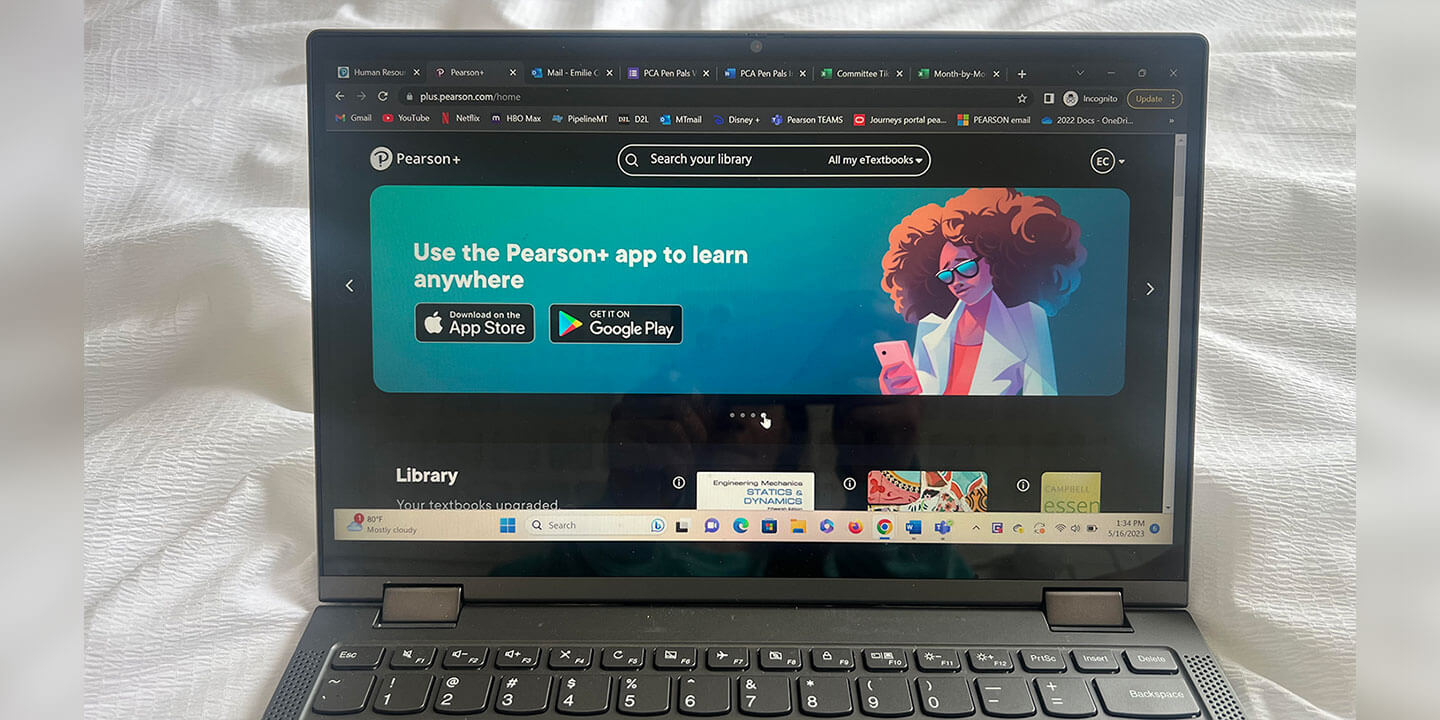
Beyond a Single Path: How pursuing multiple majors can launch your career
Many students, myself included, have struggled to figure which major to choose in college. Having the opportunity to add concentrations, minors, and certificates to your degree allows you to pick a major while adding other interests. Pursuing multiple majors, minors, or certificates is a strategic approach that not only enhances one's personal development but also their professional marketability. Having a multifaceted education offers a comprehensive and complex skill set as well as adaptability, which are highly sought after attributes.
Customize Your Degree
Multiple academic qualifications facilitate the development of a diversified skill set. In today’s job market, employers are looking for individuals who have a broad spectrum of skills and knowledge, not just an expert in a singular field. For example, a student majoring in Marketing might choose to concentrate in Marketing Research and Analytics and add a minor in Sales. That combination of studies allows the individual to have a unique blend of skills, making them versatile and capable of contributing various things to a project or company.
Combines Disciplines
Pursuing multiple disciplines encourages a holistic understanding of complex issues. This is particularly beneficial in careers that integrate different perspectives, leading to innovative solutions and breakthroughs. For example, combining Environmental Science with Political Science and a certificate in Sustainability equips graduates with scientific knowledge, policy understanding, and sustainable knowledge needed to take on environmental challenges. This not only enhances problem-solving skills but also prepares individuals to address issues with a well-rounded perspective.
Proves Work Ethic
The pursuit of multiple majors, minors, and certificates is a testament to an individual’s commitment, work ethic, and intellectual curiosity. The individual’s willingness to go beyond the bare minimum expresses an eagerness to engage further in the learning process. These are specific qualities that employers are looking for because they suggest a motivated and dedicated approach to one's professional development. The connections between multiple departments also offers significant advantages. They offer diverse perspectives, mentorship opportunities, and access to a broader array of career paths and networking opportunities.
The enrichment of one’s academic and professional development can be enhanced with the completion of multiple majors, minors, or certificates. It equips students with a broad skill set and adaptability needed to excel in today’s workforce. This lays a foundation for lifelong learning and career development.
Do you have a compelling story or student success tips you’d like to see published on the Pearson Students blog? If you are a college student and interested in writing for us – click here to pitch your idea and get started!







